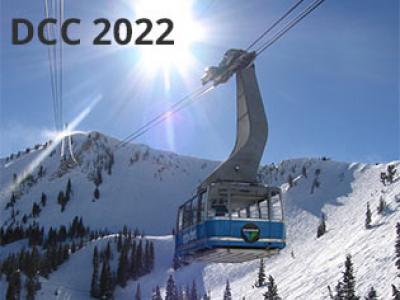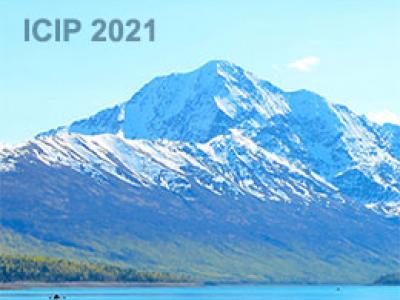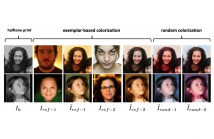- Image/Video Storage, Retrieval
- Image/Video Processing
- Image/Video Coding
- Image Scanning, Display, and Printing
- Image Formation

- Categories:
 16 Views
16 Views
- Read more about LERPS: LIGHTING ESTIMATION AND RELIGHTING FOR PHOTOMETRIC STEREO
- Log in to post comments
- Categories:
 21 Views
21 Views
- Read more about A Generalized Kernel Risk Sensitive Loss for Robust Two-dimensional Singular Value Decomposition
- Log in to post comments
Two-dimensional singular value decomposition (2DSVD) is an important dimensionality reduction algorithm which has inherent advantage in preserving the structure of 2D images. However, 2DSVD algorithm is based on the squared error loss, which may exaggerate the projection errors in the presence of outliers. To solve this problem, we propose a generalized kernel risk sensitive loss for measuring the projection error in 2DSVD(GKRSL-2DSVD). The outliers information will be automatically eliminated during optimization.
- Categories:
 22 Views
22 Views
- Read more about LEARNING MUSIC SEQUENCE REPRESENTATION FROM TEXT SUPERVISION
- Log in to post comments
- Categories:
 6 Views
6 Views
- Read more about LEARNING ADJUSTABLE IMAGE RESCALING WITH JOINT OPTIMIZATION OF PERCEPTION AND DISTORTION
- Log in to post comments
- Categories:
 4 Views
4 Views
- Read more about Leveraging Local Temporal Information For Multimodal Scene Classification
- Log in to post comments
Robust video scene classification models should capture the spatial (pixel-wise) and temporal (frame-wise) characteristics of a video effectively. Transformer models with self-attention which are designed to get contextualized representations for individual tokens given a sequence of tokens, are becoming increasingly popular in many computer vision tasks. However, the use of Transformer based models for video under-standing is still relatively unexplored.
- Categories:
 15 Views
15 Views
- Read more about Towards Ultra Low Bit-Rate Digital Human Character Communication via Compact 3D Face Descriptors
- Log in to post comments
- Categories:
 52 Views
52 Views
- Read more about Semantic-based Sentence Recognition in Images Using Bimodal Deep Learning
- 1 comment
- Log in to post comments
- Categories:
 27 Views
27 Views
- Read more about Semi-Supervised Object Detection with Sparsely Annotated Dataset
- Log in to post comments
When training an anchor-based object detector with a sparsely annotated dataset, the effort required to locate positive examples can cause performance degradation. Because anchor-based object detection models collect positive examples under IoU between anchors and ground-truth bounding boxes, in a sparsely annotated image, some objects that are not annotated can be assigned as negative examples, such as backgrounds.
- Categories:
 74 Views
74 Views
- Read more about Inverse Halftone Colorization: Making Halftone Prints Color Photos
- Log in to post comments
- Categories:
 27 Views
27 Views